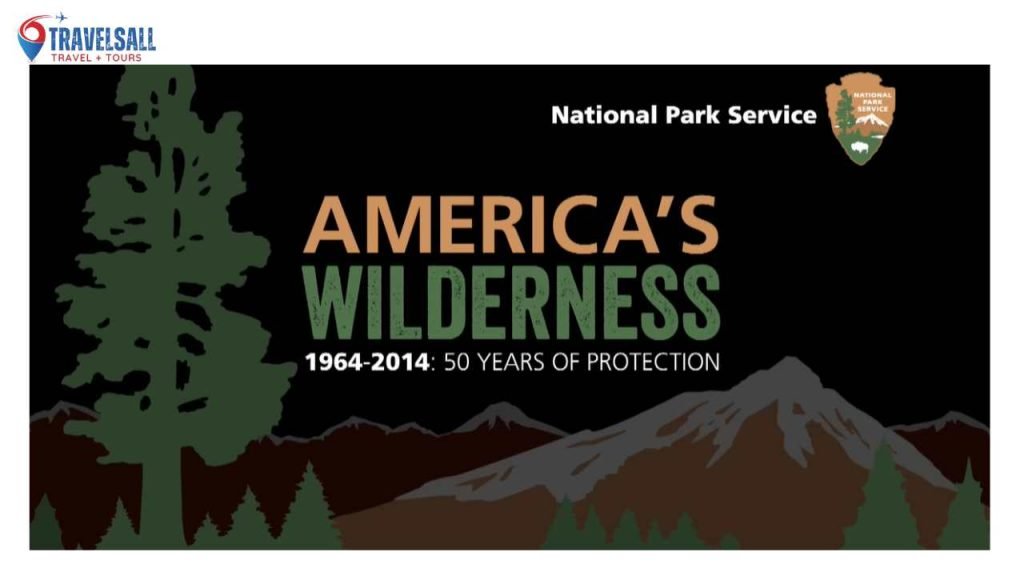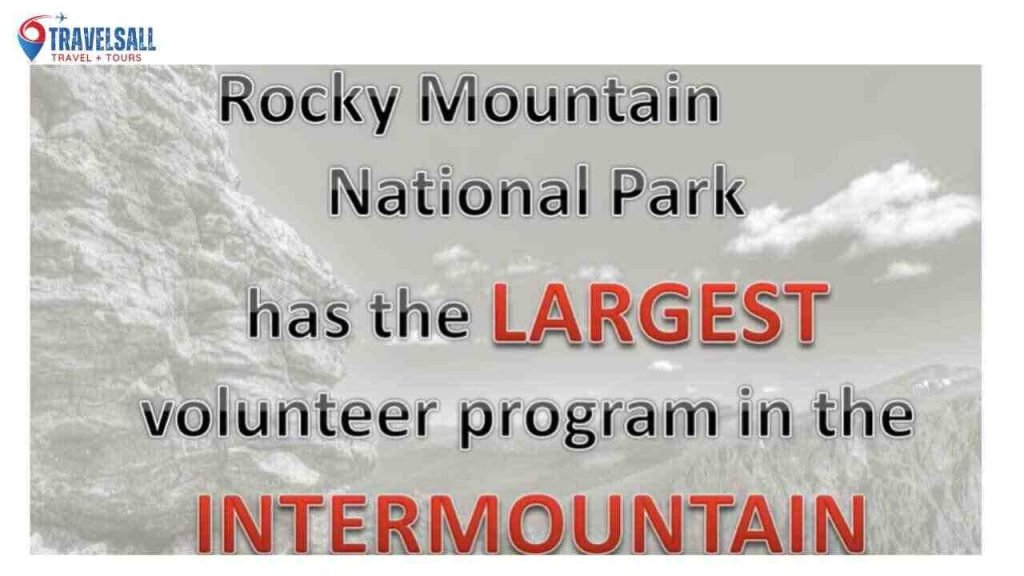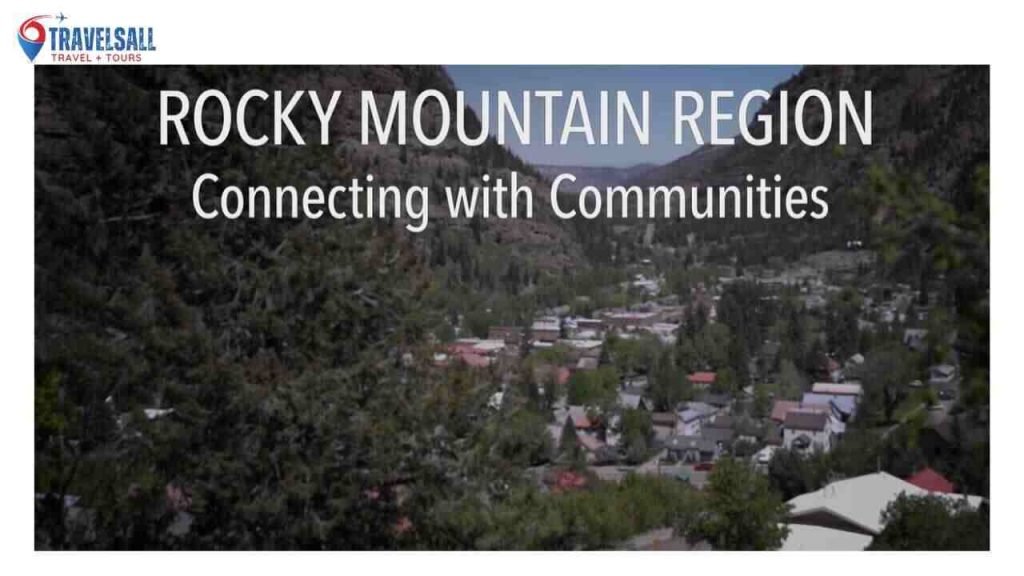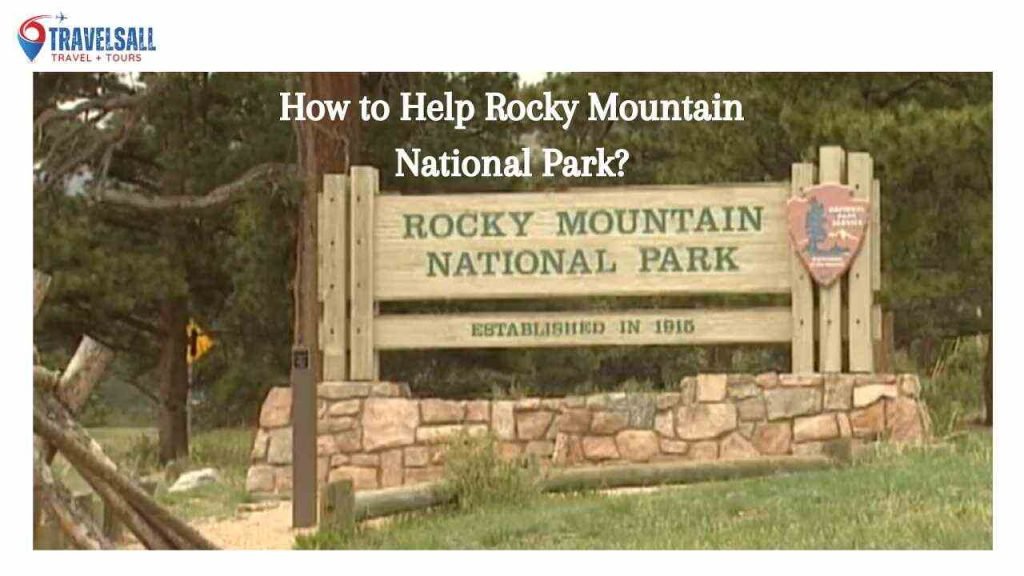Help Rocky Mountain National Park by volunteering or donating to its conservation programs. Respect park rules, minimize your footprint, and support educational initiatives.
Rocky Mountain National Park is a bastion of natural beauty that captivates visitors with its soaring peaks and diverse wildlife.
Supporting this national treasure involves a commitment to preserving its ecology and ensuring future generations can enjoy its splendor.
Contributions to conservation efforts and adherence to park guidelines play a vital role in safeguarding its landscape.
Engaging in volunteer work, making financial contributions to park trusts, or simply following the Leave No Trace principles during your visit can significantly impact you.
Individual actions are crucial as the park faces challenges like increased visitor traffic and climate change.
Start on a journey to help Rocky Mountain National Park today, and become a part of a community dedicated to conservation and respect for nature.
Table of Contents
ToggleProtecting The Wilderness

The untouched beauty of Rocky Mountain National Park captivates countless visitors every year. Protecting this wilderness requires each of us to take action.
You can make a difference in preserving its wonder for future generations. Follow these steps to help maintain the park’s natural beauty and promote its conservation.
Adopting Leave No Trace Principles
Leave No Trace (LNT) principles are essential for wilderness preservation.
- Plan and prepare to minimize impact.
- Travel and camp on durable surfaces to protect wildlife habitats.
- Dispose of waste properly by carrying all trash out of the park.
- Leave what you find, including natural objects and historic artifacts.
- Minimize campfire impacts by using a camp stove instead.
- Respect wildlife by observing from a distance and not feeding animals.
- Be considerate of other visitors to ensure everyone can enjoy the park.
Wildfire Prevention Strategies
Wildfires pose a serious threat to Rocky Mountain National Park. Responsible behavior can prevent these disasters.
| Strategy | How to Implement |
|---|---|
| Check fire restrictions | Before visiting, review the park’s current fire regulations. |
| Use designated fire rings | Only build fires in official campgrounds and picnic areas. |
| Extinguish campfires completely | Drown all embers, stir ashes, and ensure the fire is cold before leaving. |
| Avoid using fireworks | Fireworks are illegal in the park and can easily start wildfires. |
| Report unattended or illegal fires | Contact park staff immediately if you spot any fire concerns. |
Together, by adopting Leave No Trace principles and employing wildfire prevention strategies, we can help protect Rocky Mountain, National Park.
Volunteering Opportunities

Volunteering Opportunities at Rocky Mountain National Park can make a significant difference. These options help protect natural wonder.
You can contribute through various programs tailored to your interests and abilities. The park relies on volunteers. Ready to offer your time? Explore different ways to get involved below.
Joining Park Conservation Efforts
Become a steward of nature by joining conservation projects. Work includes trail maintenance, plant restoration, and litter clean-up.
Your hands-on help preserves the park for future generations. Here’s how you can participate:
- Trail Maintenance: Repair existing trails and create new paths.
- Plant Restoration: Plant native species, and remove invasive plants.
- Litter Cleanup: Keep ecosystems pristine by picking up trash.
Engaging In Wildlife Monitoring
Monitoring wildlife is crucial for their protection. Volunteers gather data, track animal movements, and report observations.
This information helps in managing and understanding animal behaviors. Get involved by:
- Data Collection: Record sightings and animal numbers.
- Animal Tracking: Use GPS and other tools to track wildlife.
- Observation Reporting: Share findings with park researchers.
Educational Outreach
Educational Outreach forms a critical part of conservation efforts for the Rocky Mountain National Park.
Knowledge empowers people to make informed decisions. It inspires action to protect this stunning landscape for future generations.
Visitors, locals, and online communities can all benefit from understanding the park’s ecological importance.
Hosting Workshops On Ecological Importance
Rocky Mountain National Park can thrive through comprehensive educational workshops. These provide insights into the park’s diverse ecosystems.
Participants learn about the impact of human activity on these natural landscapes. Workshops also cover how each person can contribute to preservation efforts.
- Interactive sessions engage visitors of all ages.
- Outdoor activities that demonstrate eco-friendly practices.
- Expert talks from rangers and scientists on local wildlife and flora.
Creating Awareness Through Social Media
Social media serves as a powerful tool in spreading the word about Rocky Mountain National Park. It reaches a wide and varied audience.
Engaging posts, captivating images, and educational videos can go viral, amplifying the message of conservation.
- Regular updates on park initiatives and events.
- Spotlights on unique species and habitats within the park.
- Interactive challenges to encourage eco-friendly practices among followers.
Supporting Sustainable Tourism
Tourism plays a vital role in preserving Rocky Mountain National Park. By supporting sustainable practices, visitors can experience the park’s beauty without harming its delicate ecosystems.
Learn how to make a positive impact during your visit with these simple, yet effective strategies.
Promoting Off-peak Visits
Reduce the strain on park resources by planning your trip during off-peak times. Not only will you help manage crowd levels, but you’ll also enjoy a more serene experience. Here are ways to embrace off-peak tourism:
- Avoid summer and holidays, when the park sees the highest footfall.
- Weekdays are less crowded compared to weekends.
- Consider a winter adventure, for a unique park experience.
Encouraging Eco-friendly Activities
Participate in activities that have minimal impact on the environment. These eco-friendly activities not only enhance your visit but also safeguard the park for future generations:
- Hiking and wildlife watching keep you on the trail and respect animal habitats.
- Photography captures memories without leaving a trace.
- Join educational programs to learn about local conservation efforts.
Contributing Financially

Supporting Rocky Mountain National Park goes beyond visiting and following park rules. A pivotal way to help is through financial contributions.
These charitable acts assist with the upkeep and preservation of this natural treasure.
Donating To Preservation Funds
Park preservation funds ensure the beauty of Rocky Mountain National Park endures for generations. Contributions to these funds maintain trails, restore habitats, and improve visitor facilities. Here’s how to donate:
- Choose a reputable preservation fund.
- Visit the official donation page.
- Decide on a one-time gift or recurring donation.
Funding Research And Conservation Projects
Funding research and conservation projects provide resources for scientists and rangers to protect the park’s diverse ecosystems.
Helping finance these projects contributes to a deeper understanding of the park’s wildlife and climate. Consider these steps for contributing:
- Explore current conservation initiatives.
- Direct funds to specific projects if desired.
- Join fundraising events or start a campaign.
Combating Invasive Species
Rocky Mountain National Park, a haven of natural beauty, faces a growing threat from invasive species.
These unwelcome plants and animals can disrupt the delicate balance of ecosystems, outcompeting natives and leading to long-term environmental harm.
Effectively managing these invaders is a complex yet critical task to preserve the park for generations to come. Engagement and education play pivotal roles in this ongoing battle.
Participating In Removal Projects
Volunteer to make a difference! Rocky Mountain National Park often organizes removal projects. Locals and visitors can join these efforts.
These projects typically involve hand-pulling weeds or using tools to remove non-native plants.
- Check the park calendar for scheduled removal events.
- Sign up as a volunteer and attend a brief training session.
- Follow safety guidelines to protect yourself and the environment.
Participation not only helps the park, but it also provides a unique, hands-on conservation experience.
Educating Visitors On Prevention
Prevention is a cornerstone of addressing the invasive species problem. Visitors play a crucial role in this. By understanding and communicating how these species spread, everyone can become a steward of the park.
- Learn about common invasive species in the park.
- Clean gear before and after visiting to prevent unintentional spread.
- Attend park-run educational programs to stay informed.
Sharing this knowledge with others amplifies the impact and helps safeguard our beloved Rocky Mountain National Park.
Collaboration With Local Communities

Collaboration with local communities plays a pivotal role in nurturing and preserving the natural wonder that is Rocky Mountain National Park.
Engaging those living in proximity to the park ensures that preservation efforts are not only effective but also culturally sensitive and supportive of sustainable local economies.
Building Partnerships For Sustainable Practices
Supporting Rocky Mountain National Park starts with fostering relationships. The park’s management often joins forces with nearby towns and businesses.
Together, they craft strategies to reduce environmental impacts and promote green tourism. Engaging in such collaborations leads to mutual benefits:
- Resource sharing to minimize waste.
- Environmental education programs for community awareness.
- Eco-friendly transportation options are implemented to decrease carbon footprints.
Involving Indigenous Groups In Preservation
The history of the Rocky Mountains is deeply intertwined with that of Indigenous populations.
Recognizing their traditional knowledge as key, the park authorities work closely with native tribes. Projects and policies are developed to honor and preserve these ancient connections:
| Initiative | Objective | Outcome |
|---|---|---|
| Cultural Exhibits | Educate park visitors | Preserve native history |
| Land Management | Use indigenous knowledge | Protect diverse ecosystems |
| Nature Walks | Involve tribal leaders | Offer authentic experiences |
Adopting Renewable Energy
Rocky Mountain National Park sets an example in environmental conservation.
Accepting renewable energy is a step forward. Visitors and wildlife benefit alike. The park thrives when sustainable practices lead the way.
Implementing Solar Initiatives
Solar energy preserves the park’s natural beauty. Initiatives range from installing solar panels to solar-powered lights. These strides reduce reliance on non-renewable energy.
- Solar-powered visitor centers inform and conserve.
- Transitioning to solar trail lights for safety and sustainability.
- Educational programs showcase solar benefits.
Reducing Carbon Footprint Within The Park
Rocky Mountain National Park aims to reduce its carbon footprint. A low footprint means cleaner air and water. Wildlife habitats remain undisturbed.
| Action | Impact |
|---|---|
| Electric Park Vehicles | Decreases emissions, enhance air quality |
| Energy-Efficient Buildings | Conserves energy, reduces pollution |
Visitors play a crucial role. Using less, visitors directly support the park’s mission. Carpooling and recycling are simple yet impactful acts.
Climate Change Mitigation
Rocky Mountain National Park faces critical changes due to the global climate crisis.
To help the park, visitors and enthusiasts can participate in various activities designed to reduce greenhouse gases and preserve the park’s natural beauty.
Here’s how you can contribute to climate change mitigation efforts and make a difference.
Engaging In Reforestation Efforts
Planting trees comes with enormous benefits for any ecosystem, particularly with climate change looming.
You can volunteer for reforestation projects or donate to organizations dedicated to planting native species.
Trees naturally absorb carbon dioxide, which reduces the effects of climate change.
- Improve air quality by increasing tree coverage.
- Support wildlife habitats with increased forest areas.
- Participate in community planting days to make a hands-on impact.
Monitoring Climate Impact On Ecosystems
Experts and citizen scientists alike can aid in tracking the effects of climate change.
By monitoring ecosystems, you help identify critical changes and contribute to vital research. Data collected informs future conservation plans.
| Activity | Impact |
|---|---|
| Documenting wildlife shifts | Tracks change in species populations and behaviors. |
| Recording flowering times | Signal adjustments in plant life cycles. |
| Measuring water levels | Indicates variations in precipitation and snowmelt patterns. |
Efforts like these are crucial for adapting management practices to ensure the resilience of the park’s ecosystems against climate change.
Frequently Asked Questions On How To Help Rocky Mountain National Park
How Can We Help The Rocky Mountains?
Support the Rocky Mountains by practicing Leave No Trace principles, volunteering for conservation projects, and donating to preservation organizations. Opt for eco-friendly tourism, reduce carbon footprint, and advocate for sustainable policies to protect this natural heritage.
Why Do We Protect Rocky Mountain National Park?
We protect Rocky Mountain National Park to preserve its unique wildlife, stunning landscapes, and delicate ecosystems for future generations. Conservation efforts ensure its natural beauty and biodiversity thrive.
How Can We Stay Safe In The Rocky Mountains?
To stay safe in the Rocky Mountains, always check weather forecasts and trail conditions. Bring adequate water, food, and layers for changing temperatures. Travel with a map, compass, or GPS, and know how to use them. Stay on marked trails to avoid getting lost and respect wildlife from a distance.
How Do Humans Affect The Rocky Mountain National Park?
Humans impact Rocky Mountain National Park through pollution, trail erosion, wildlife disturbances, and increased waste from tourism activities. Vehicle emissions also contribute to atmospheric changes affecting the park’s ecosystem.
Conclusion
Preserving the splendor of Rocky Mountain National Park is a collective effort. Your actions, however small they might seem, make a real difference.
Adopt eco-friendly habits, volunteer, or donate to support this treasure. Together, we ensure future generations can also witness its breathtaking beauty.
Let’s act now to safeguard our natural heritage.



